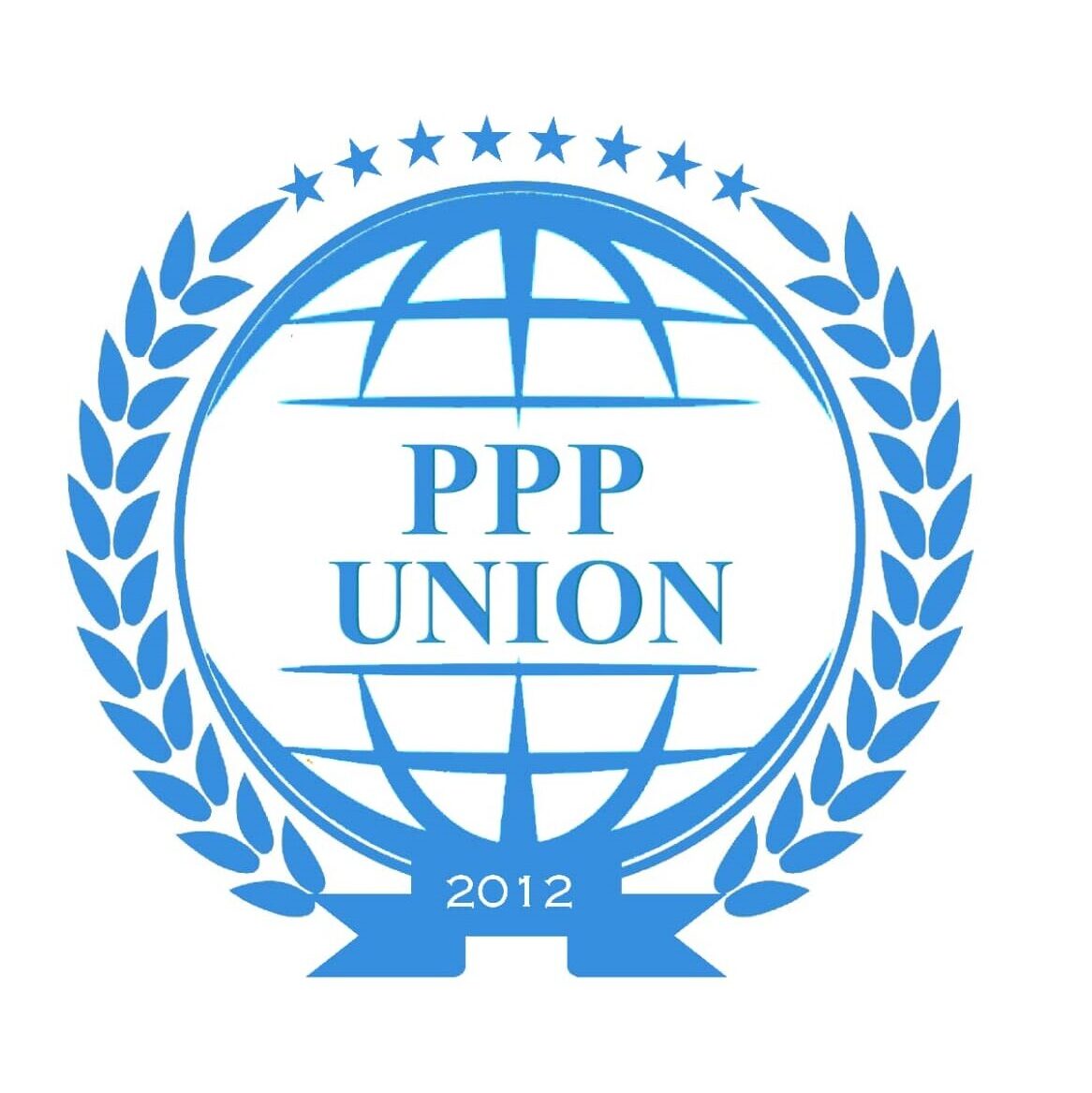For the Sustainable Development Goals and PPPs
For the Sustainable Development Goals and PPPs
World leaders gathered at the International Conference on Sustainable Development Financing for Development in 2015 and adopted the 17 Sustainable Development Goals (SDGs) and related 169 targets. The 2030 Agenda for Sustainable Development and the Addis Ababa Action Agenda on Financing for Development (FfD) provide the framework for the SDGs. They are intended to galvanize policymakers across the world through concrete targets for the 2015-30 period focusing on poverty reduction, food security, human health and education, climate change mitigation, the construction of resilient infrastructure, and a range of other objectives across the economic, social, and environmental spheres. The SDGs are ambitious-they will require a significant change in the level of both public and private investment in all countries. Creative solutions are needed to mobilize private sector investment and innovation and blend commercial financing with public funding. The IISD blog on infrastructure’s role in the SDGs highlights that infrastructure is both an explicit and implicit component of the SDGs’ goals and targets. Hence, the SDGs may be useful in articulating and rallying support for infrastructure development policy. Goal 9: “Build resilient infrastructure, promote inclusive and sustainable industrialization, and foster innovation” is particularly relevant. The Addis Ababa Action Agenda emphasizes in paragraph 44 the role of PPPs in supporting the 2030 Agenda. Moreover, the SDGs may help clarify the goals, targets, and indicators around which a country will frame its development priorities, including the delivery of public services through PPPs. Governments can use the SDGs as a framework to foster an enabling environment for infrastructure investment and set important targets to trigger changes in project selection and design. To meet the SDGs, infrastructure investments must be prioritized based on their environmental, social, and economic sustainability. The private sector needs to be incentivized to find cost-efficient solutions to solve sustainable development challenges. Involving the private sector can help increase not only the stock of infrastructure assets but also strengthen their resilience, create more sustainable solutions , and improve access to infrastructure services. Incorporating sustainability considerations
Incorporating procurement processes through project specifications and award criteria, for example, can also enhance the impact of infrastructure investments. The SDGs can help mobilize high-level political action behind an infrastructure project. SDG targets often reflect the aims of a specific goal while also crossing over into other goals and targets. Thus, a PPP project may address one primary goal alongside several secondary goals and targets. For example, when considering a potential water PPP, alignment with government strategy to achieve Goal 6 will strengthen the project; at the same time, the project may contribute to reducing the number of deaths and illnesses from hazardous water pollution (Target 3.9) and the proportion of untreated wastewater (Target 6.3). Upgrading existing wastewater infrastructure should contribute to resource-use efficiency and the adoption of environmentally sound technologies and industrial processes (Target 9.4). Demonstrating infrastructure policy alignment with SDGs may also help governments attract attention and financing from multilateral development banks and funds. Sources: (UN 2015); (Casier 2015). More than 120 countries, especially those in the European Union, have passed special PPP laws to organize and legalize the PPP sector for the SDGs.
More than 120 countries, especially those in the European Union, have passed special PPP laws to organize and legalize the PPP sector for the SDGs .
Below is a schedule of PPP laws from a few countries for your study.
| China PPP Law |
| Islamic Development Bank PPP Policy |
| New Development Bank (BRICS) PPP |

